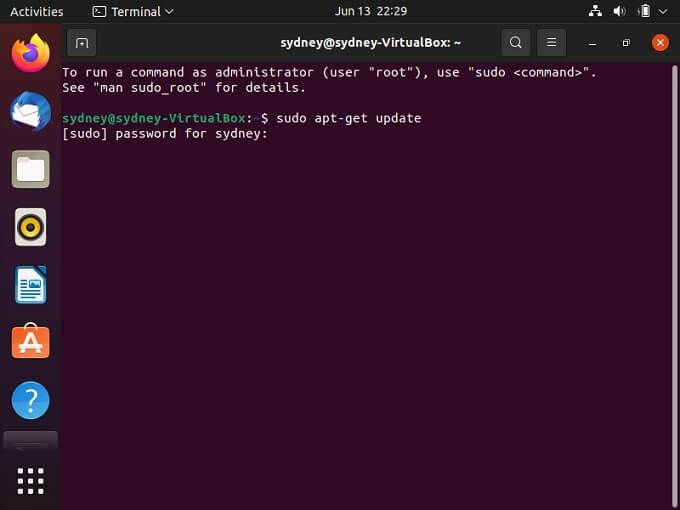 The -x ( -exclude) options come in handy in this situation. Sometimes, you may decide that specific packages should not be updated. sudo dnf update nginx mariadb Exclude Package from Being Updated sudo dnf update Update Certain Packages OnlyĪlternatively, use the following command to update only the selected packages, for example, nginx and mariadb. If any updates are available, use the following command to install them all. They help to ensure the security and seamless operation of your Linux system. The most commonly used actions are update operations on currently installed packages. In our case, no packages are available for updating, but if any are, they will be listed. The command checks for updates but does not download or install the packages. Using the command below, you can obtain a list of all packages from your enabled software repositories that are available for updating your existing packages on your system. One of the most commonly used DNF commands is the check for available software package updates. Now that you know what DNF is and why it is superior to YUM let’s get into this guide: how to use DNF to manage software packages in RPM-based Linux distributions. YUM only supports Python extensions, whereas DNF supports many extensions.In contrast, because the YUM’s API is not properly documented, it is challenging to add new functionality. In contrast, YUM was written entirely in Python. Because DNF was developed in C, C++, and Python, it is fast and light on memory.DNF utilizes the libsolv (created and maintained by openSUSE) to resolve dependencies, which is a more efficient dependency resolution library.With that said, we can outline the following most essential advantages of DNF over YUM: All of this led to the development of a superior version of YUM, resulting in DNF’s emergence. Unfortunately, YUM has some issues, the most severe of which are poor performance, excessive memory utilization, and dependency resolution delay. Like the DNF, YUM (YellowDog Updater Modified) is a package manager used to manage the software packages’ installation, update, and removal in an RPM-based Linux system. So, before we go any further, let’s look over the benefits of DNF over YUM. Many of you are likely familiar with its predecessor, YUM. It was initially introduced in Fedora 18 in 2013.ĭNF simplifies package maintenance by automatically checking for dependencies and determining the actions needed to install, remove, update, or perform any other operation on your Linux system’s package base.įurthermore, the DNF package manager allows you to manage and collect information about software repositories on your Linux system. List All Installed Packages from the Particular RepoĭNF (Dandified YUM) is a package manager for RPM-based Linux distributions, including RHEL, Fedora, CentOS, AlmaLinux, Rocky Linux, and Oracle Linux.There are several ways to make software go away using APT. In contrast, to install a DEB that you've put in your Downloads folder, you cannot use APT and must turn to a separate command-line program such as dpkg. You can do so using the same install command, but include the full path to the RPM instead of a package name. One advantage DNF has over APT is the ability to install RPMs that you've downloaded manually from the web. Like with performing a search, the command to install a program using APT or DNF is the same. Or sudo dnf search package Install Software If you want to search for a program with the name "package," simply type: sudo apt search package 
In this case, whether you're using APT or DNF, you only need to remember a single command, and it's one you could probably guess. In a graphical app, you can browse through available software, but in the command line, you must perform a text-based search instead. Let's say you want to install a program, but you don't know the exact name your distro uses for the package the program comes in. For this reason, the update and upgrade commands perform the same function, and you are free to use them interchangeably. To install system updates using DNF, run: sudo dnf updateĭNF checks for metadata automatically whenever you begin a system update or otherwise install software. That's where the upgrade command comes in. Once your local database is up-to-date, then it's time to download and install the latest software. The update command downloads metadata about the packages from your available software sources so that your computer knows what versions to request. Without it, your command will fail with an error message due to a lack of permission. Sudo gives you administrative access to your system. Let's start with one of the first tasks many of us perform after installing a new Linux distro-downloading system updates. 
0 Comments
Leave a Reply. |
AuthorWrite something about yourself. No need to be fancy, just an overview. ArchivesCategories |
 RSS Feed
RSS Feed
